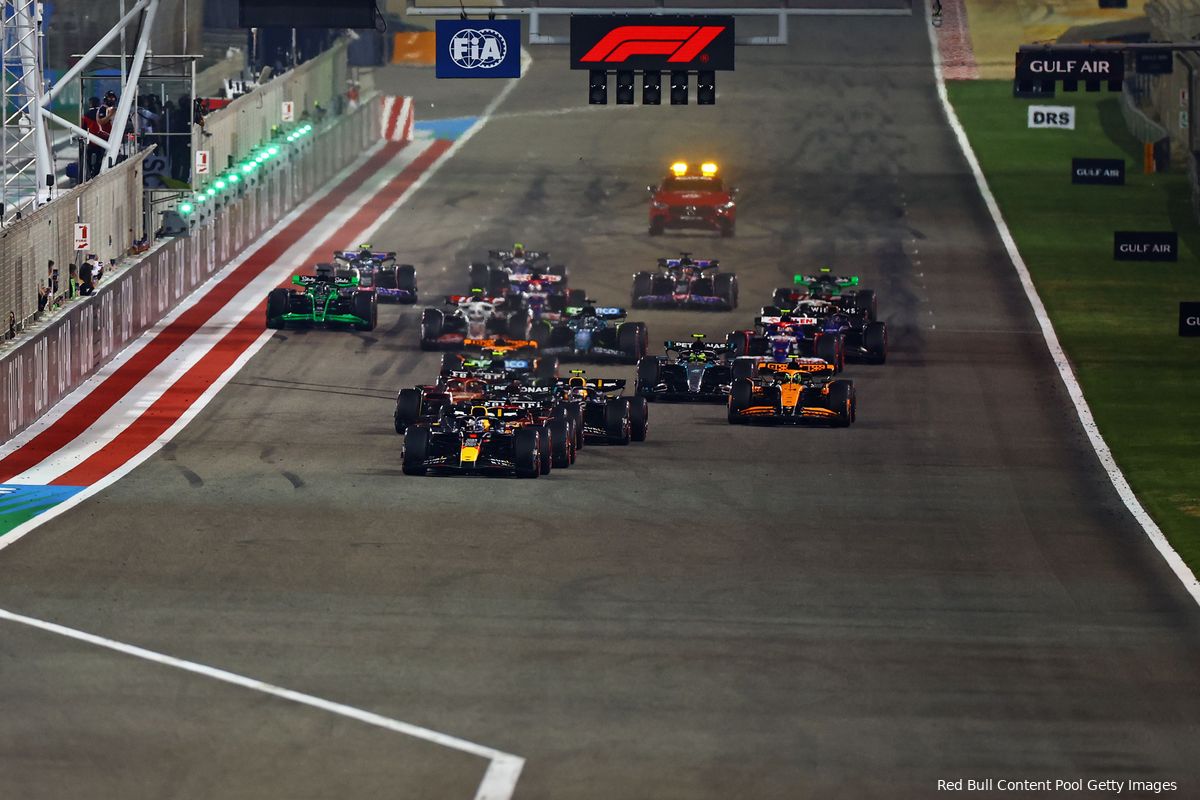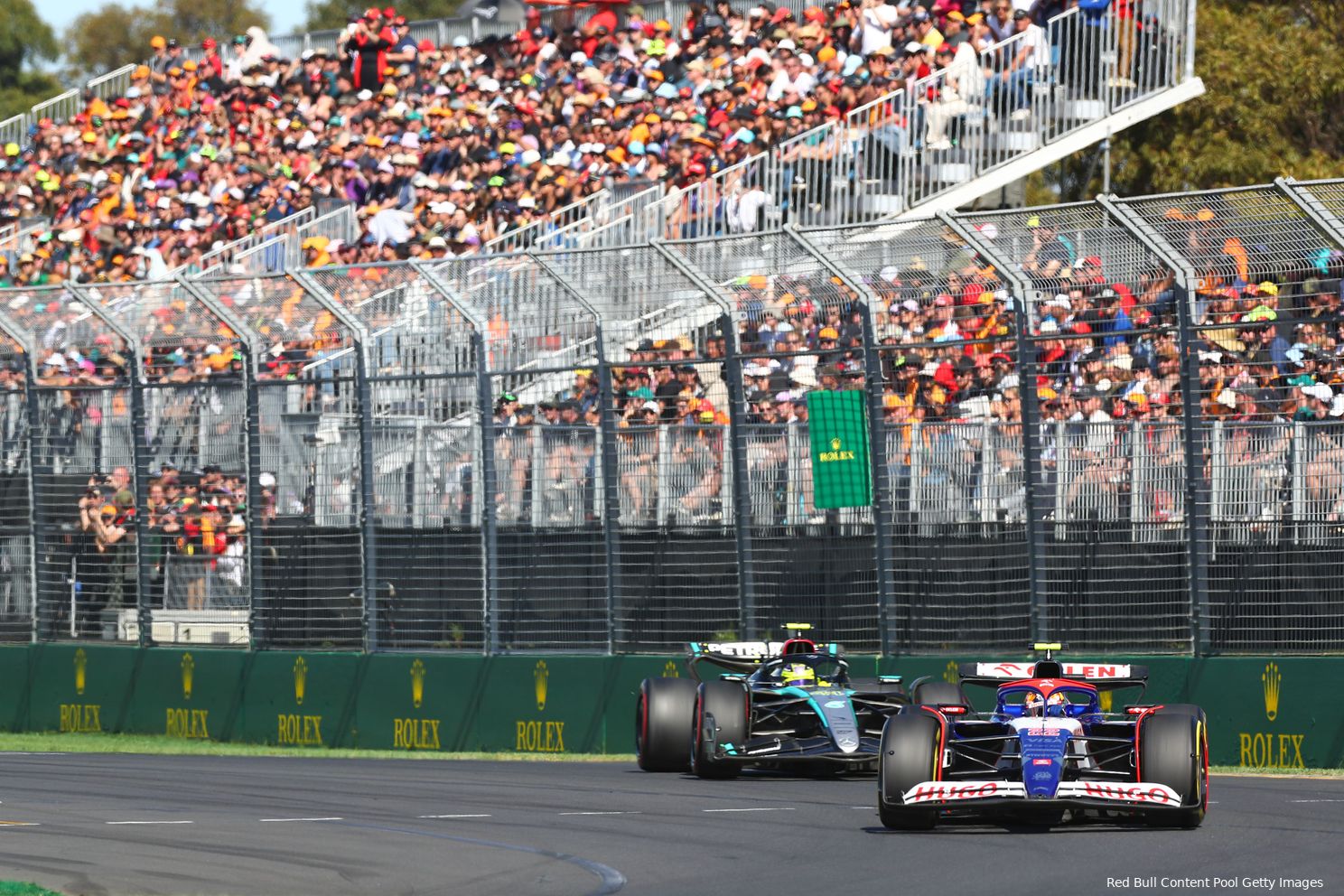
Technical director Pat Symonds reveals Formula 1 plans for 2026 and says the cars will be lighter and have lower downforce levels. This puts more emphasis on the driver, and F1 considers that important, as the drivers are the ‘superheroes’ they want to promote. Symonds sees developments going in the right direction.
After the end of the 2025 season, the premier class is in for another transformation. The technical rules are being turned upside down again and mainly affect the chassis and power source. From 2026 onwards, the emphasis will be on the hybrid power source, which will largely provide electric propulsion power. The concerns that arose were mainly related to the weight of the cars, which also affects the speed. “The cars will deliver about 900 hp with electric power,” says Symonds in the Beyond The Grid podcast. ‘With the car of 2026 we will exceed a thousand horsepower, we want more power via the electric motor.’
Symonds explains that there is currently no turbo lag in these cars, because they have an electric motor on the turbo. Turbo lag is the time between pressing the accelerator pedal and feeling the force of a turbo engine’s torque. The delay results from the time it takes for the engine to create sufficient exhaust pressure to spin the turbo and pump compressed intake air into the engine, and is longest when the engine is in a low speed, low load situation . “But the turbo lag is no longer what it used to be,” says Symonds.
Text continues below the photo.

In addition to the hybrid engine, weight and downforce are also discussed. In recent years, an F1 car’s downforce level and weight have only increased. Both must be reduced by 2026. “The cars are so heavy because they take a lot of load, so they slide a little bit more,” says the Brit. By reducing downforce, there is a little more emphasis on the drivers. ‘And they are the heroes. So that is important. They are the superheroes we want to put in the spotlight. In that respect we are moving in the right direction,” said the technical director.
Budget ceiling deserves more praise according to Symonds
The 2026 regulations are expected to contribute to positive developments in the field of on-track action. This should bring the teams closer together and could perhaps mean the end of Red Bull’s dominance. However, Symonds believes that the budget ceiling has also led to many positive developments. “We talk a lot about the 2022 car and how it has improved racing, but the budget cap doesn’t really get the praise it deserves as this is fundamental to the future of Formula 1,” says Symonds.
He uses Williams as an example, where he worked from 2013 to 2016. ‘We had a very small budget. Not long after I left Williams the budget wasn’t so small anymore,” he says. ‘They had to sell the team and they were not the only ones, as more teams struggled to survive. In seven years we have managed to increase the value of the teams to half a billion dollars. That is very impressive,” Symonds continues. ‘And that’s thanks to the budget ceiling. The manufacturers now say: we get interesting technology, and not for a ridiculous price. We don’t have to pump hundreds of millions of dollars into it, but we can leverage the aspects that are relevant to us.’




